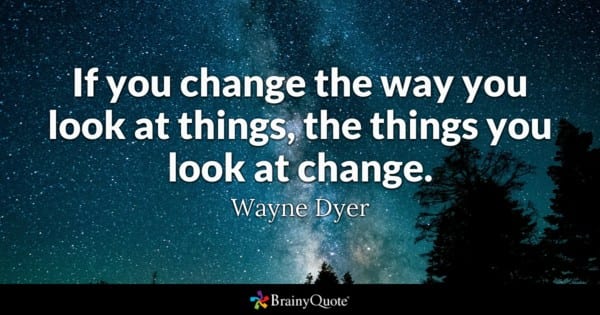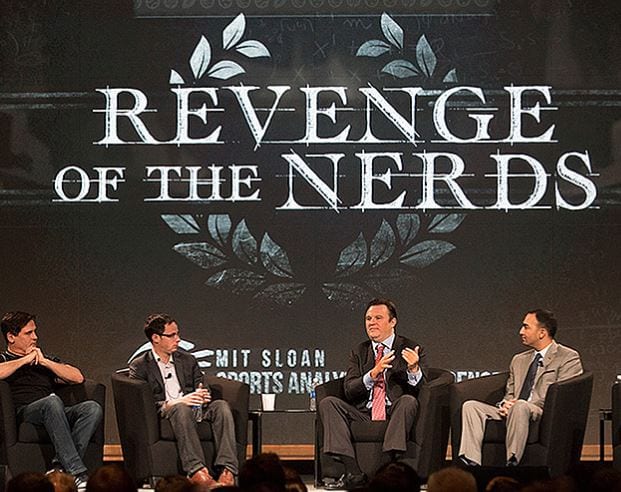by Kirk Wakefield – July 2018 Change is good. We can say, “One day….” or “Day one….” Around here, everyday is Day One. What’s changing with Baylor S3? New S3 brand In 2018 we re-positioned as the Center for Sports Strategy & Sales (S3). Why? Because sponsorships is so 2006, when we graduated our first class…Continue Reading Baylor S3 Shifts Gears
Baylor S3 Shifts Gears






